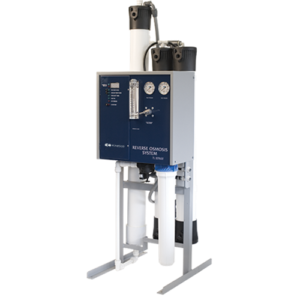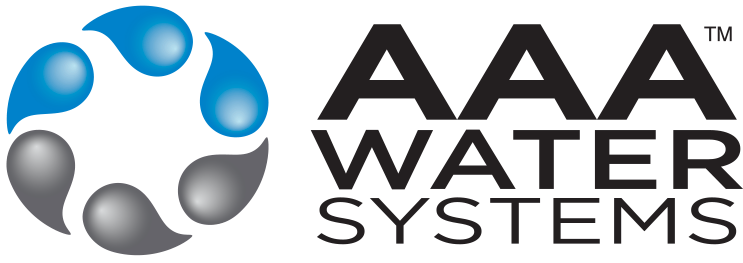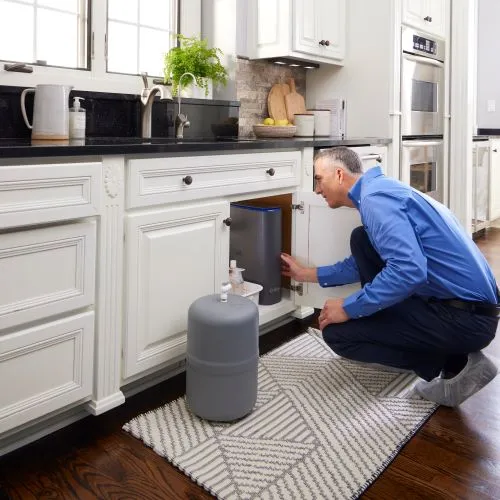According to The Guardian, more than 25 million Americans drink water that doesn’t meet federal health standards. Contaminated water is extremely harmful for human health. As people are learning more about the negative consequences of consuming contaminated water, they’ve become more concerned about their drinking water quality. There are numerous water filtration techniques available in the market but the reverse osmosis system is one of the most popular choices.
So, What’s Reverse Osmosis?
Reverse osmosis is a process that utilizes high pressure to remove contaminants, minerals, solid elements, and large molecules from the water. To clearly understand reverse osmosis, you first need to learn what osmosis is. Regular osmosis is the process whereby a diluted solution passes through a partially-permeable membrane and into a more concentrated one. Now let’s look at how reverse osmosis works;
- Reverse osmosis is a passive process and therefore, it requires external pressure to work. This pressure helps to overcome the osmotic pressure and move the water from the region of higher contaminant concentration to the portion of lower concentration of contaminants.
- To move towards the portion with a lower concentration of contaminants the water needs to pass through a filtration membrane which blocks out larger molecules.
- The reverse osmosis leaves solvent or fresh water on one side and a higher concentration of solute on the other one.
How Does an RO System Work?
The method of reverse osmosis is generally carried out by following the four steps mentioned below;
1. Pre-Filtration
This is the first stage of the reverse osmosis system. Pre-filtration includes a sediment filter and a carbon filter. The sediment filter removes the particles of dust, dirt, and chlorine and the carbon filter helps remove chlorine, volatile organic compounds (VOCs), and other contaminants.
2. Reverse Osmosis
After the pre-filtration, the water goes through the reverse osmosis membrane. The RO membrane is a restrictive membrane that removes dissolved particles. It also removes very tiny contaminants that can’t be seen with the naked eye.
3. Storage
At this stage, the water is drained to the storage tank where it’s kept until needed. The filtration process continues until the storage tanks fill up and then turn off.
4. Post-filter
The water then passes through another filter before it gets to your faucet. This is known as post-filter.
Key Benefits of Reverse Osmosis Water
Here are some important reasons more people tend to purchase the reverse osmosis system for water filtration at their commercial and residential facilities.
Highly Efficient and Cost-Effective
Let’s cut to the chase, reverse osmosis is a long-term investment. If you don’t want to purchase bottled water or pay for water delivery services, installing a reverse osmosis system can be the perfect option for you. It’s a highly reliable water filtration method that removes all chemical contaminants and harmful chemicals.
Easy Maintenance
Unlike typical water filtration systems that require regular maintenance, a reverse osmosis system is easy to maintain and highly convenient. You simply need to change the filters according to the user’s manual after a recommended period.
Planning to purchase a reverse osmosis filter?

At AAA Water Systems, we’re committed to providing you the best-in-class water treatment solutions at cost-effective rates. Whether you want to upgrade your existing water filtration system to one of our commercial RO systems, or you need to provide clean and safe drinking water to your employees and customers, our team is always here to help. Kinetico’s Reverse Osmosis units are highly compact, convenient, and affordable. From consultation to site inspection and system installation, we execute end-to-end projects and make every effort to meet our client’s expectations. Feel free to contact us to learn more about reverse osmosis systems.


